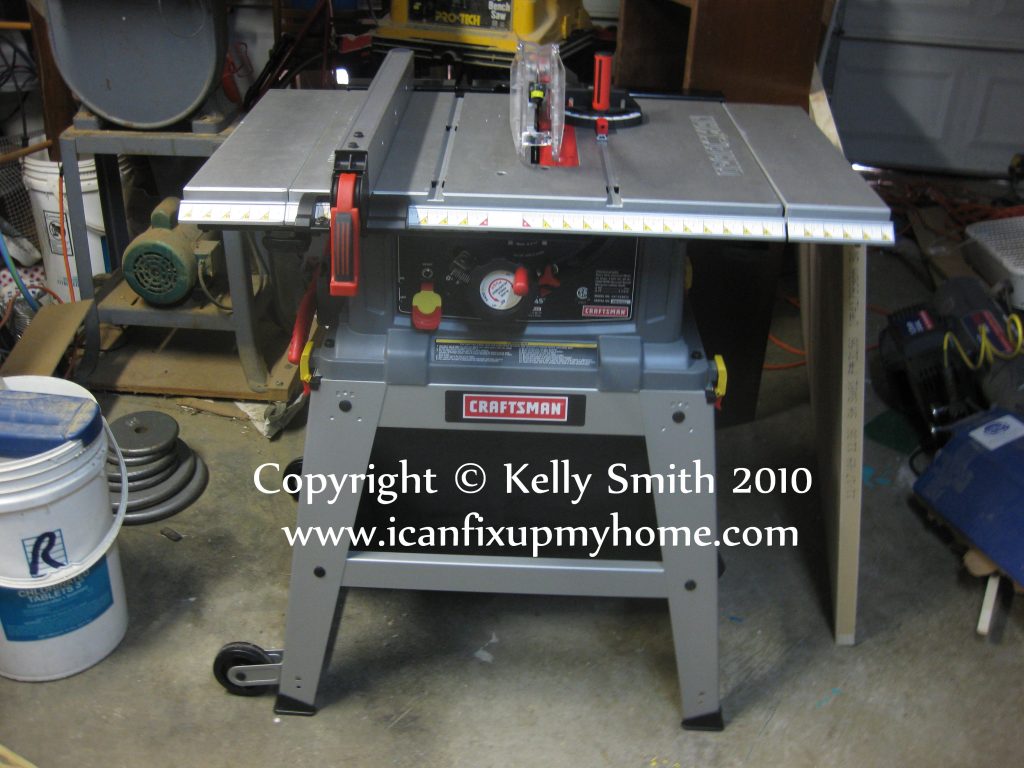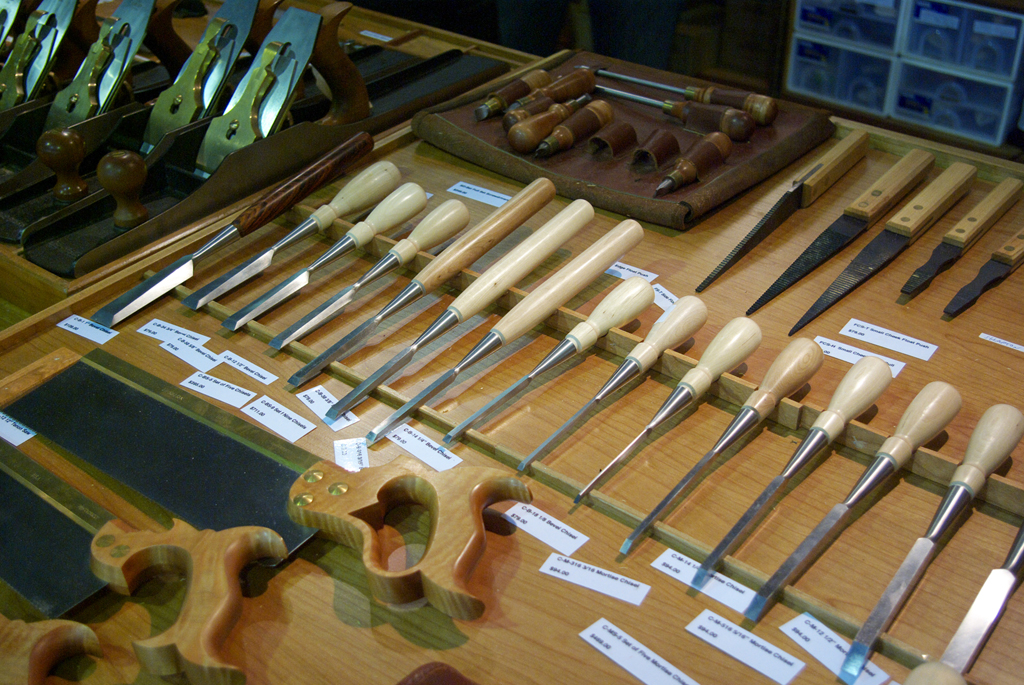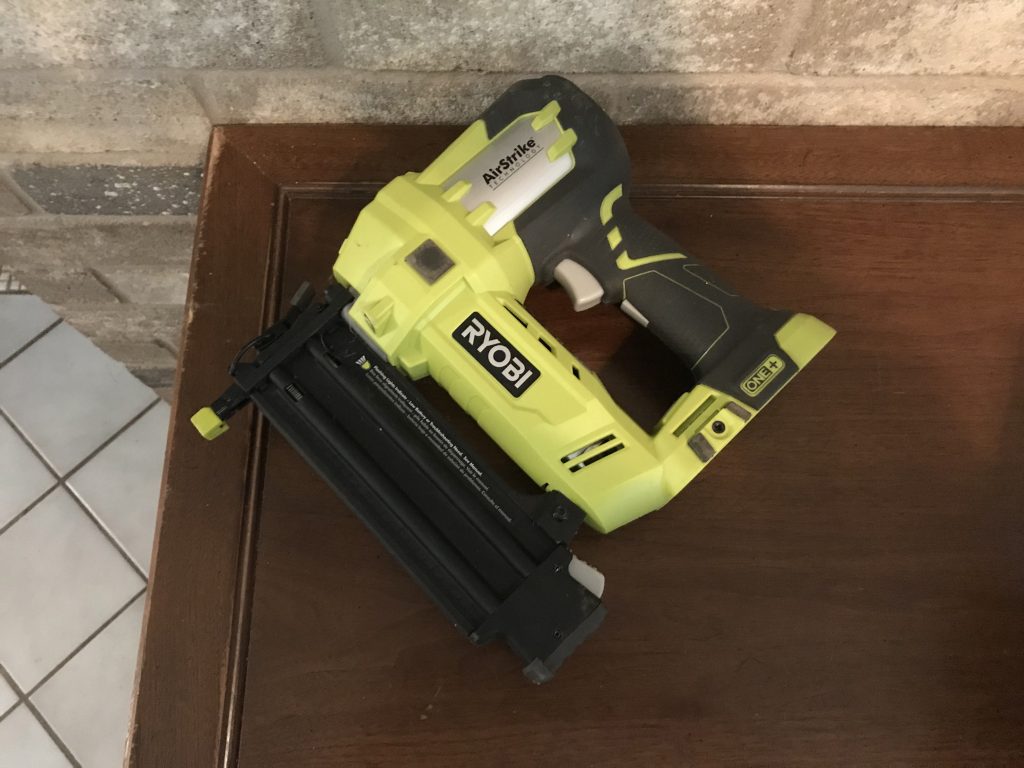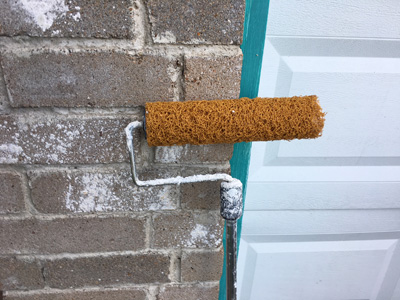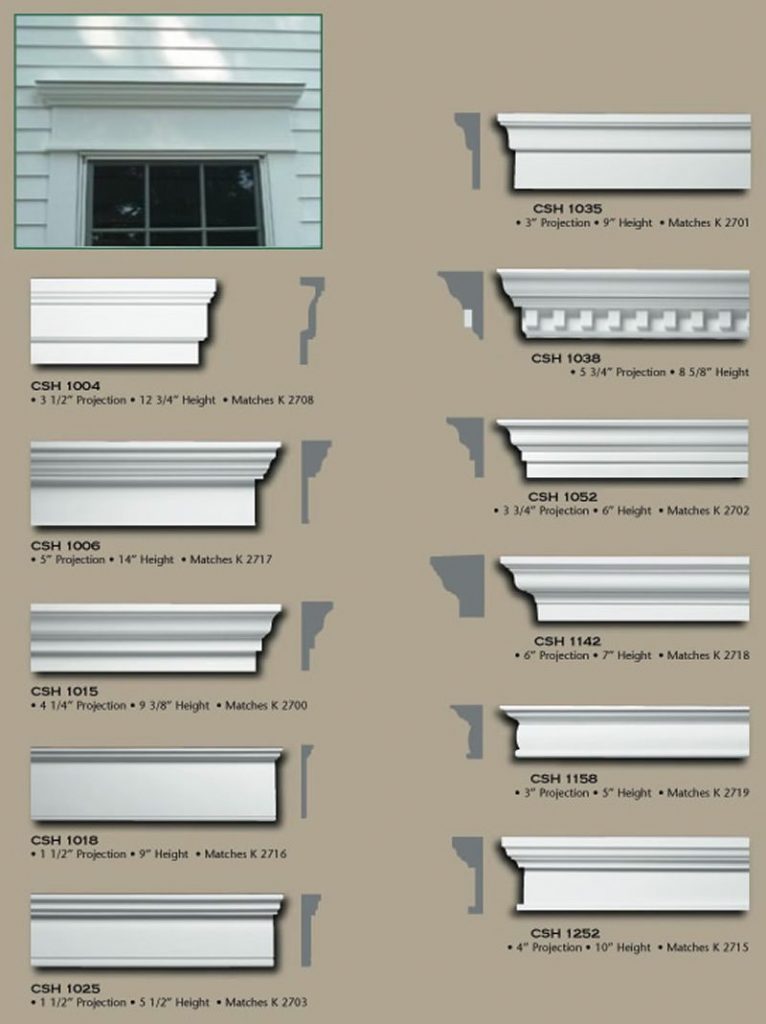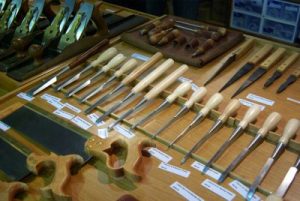Most DIY Carpentry Requires an Adhesive − Essential Techniques
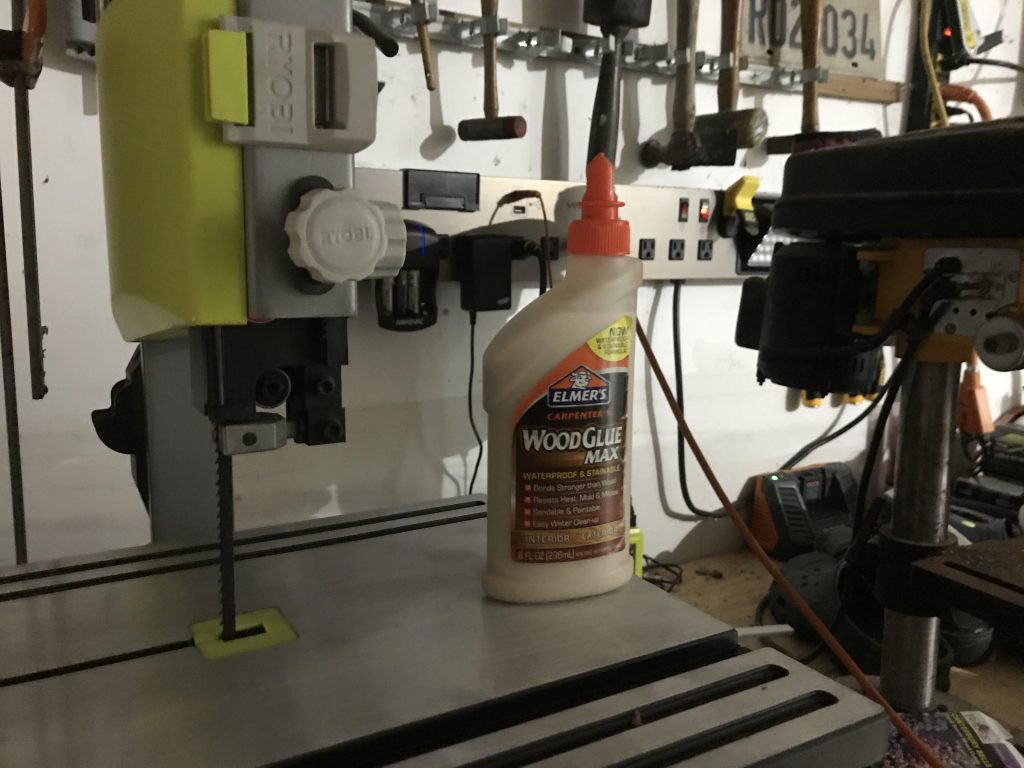
|
Ads we feature have been independently selected and reviewed. If you make a purchase using the links included, we may earn a commission, which helps support the site. Thank you for your support.
No woodshop is complete without at least one type of woodworking glue and a variety of clamps. Can’t have too many clamps, I always say. There are many varieties and brand names of glue on the market today. We all have our favorites. Some are better suited to some purposes than others. For example, you need rice glue to work with washi bamboo paper. Let’s look at some woodworking tips.
Glue Tips
- Always dry-fit your pieces and plan where your clamps will be going before even thinking of dragging out your glue bottle.
- Squeeze-out is almost always inevitable. I like to protect work surfaces with wax paper.
- Clamp your work well and securely, but usually there’s no need to overdo it. You want the joints to be tight but you don’t any warping. I like Irwin clamps.
- Use cauls made with softer wood than the workpiece. Cauls prevent indentations that you only notice after removing the clamps, resulting in a self-inflicted slap to the forehead moment.
- Take your time during the glue-up. This should be obvious but I suspect we’ve all rushed a job or two. After all, most of us have more time on our hands in the midst of the COVID-19 pandemic.
- Flux brushes are available in the plumbing department of hardware stores and home centers and they are are just right for applying and spreading glue on smaller surfaces like dovetail joints. On large surfaces, an inexpensive notched plastic trowel is great.
- The sooner you apply glue after the wood is cut, the better. This makes for a stronger joint.
- After the squeezed-out glue has been removed, there’s always a chance that some is hiding. Find it now or you’ll see it later when you apply stain or finish. Spraying some warm water near glue joints will make any hidden glue more visible.
- Allowing the glue to set up a half to a full hour makes it easier to scrape off squeeze out with a sharp chisel.
- A synthetic abrasive pad, dampened with water, works perfectly to remove the remaining glue. Much better than a paper towel or a rag.
- After applying glue and beginning to set your clamps, some pieces slip and slide. One solution is to use your finish nailer with a couple of brads to hold things together.
Use Glue to Make a Color-Perfect Wood Putty
Types of Woodworking Glue
- Elmer’s glue, as pictured above, is the old standby. It is priced right and comes in a variety of formulations. There is white and yellow glue is for interior use but the some yellow can be used for exterior applications. It will be labeled as such.
- Exterior yellow glue is labeled water resistant or exterior. Titebond II is one brand that I like.
- Polyurethane glue is a completely waterproof glue. It can also be used on metal and some plastics.
- Contact cement has its uses such as applying plastic laminate (Formica) to plywood.
- Hide glue was around long before woodworkers had so many choices. When refinishing antiques it should be used to maintain the historical value. It’s still used in making certain musical instruments because it is easy to take apart for repairs.
- Epoxy is used to fill gaps and and offers great strength. Gorilla is a good brand.
I hope these tips for glue-up on woodworking projects have made your craft more inspired. If you have any tips of your own, share them with our readers in the comment section. You might also be interested in reading about the benefits of a woodshop dust-collector.
Related Content
- Choose the Right Type of Woodworking Glue
- Picture Frame and Cabinet Refinishing with Washi
- Popular Woodworking
- Woodworking Network
Looking for more great content? Visit our main page or partner sites:
I offer article and blog-writing services. Interested? Contact me for a quote!
Did you find this article helpful? Millions of readers rely on information on this blog and our main site to stay informed and find meaningful solutions. Please chip in as little as $3 to keep this site free for all.




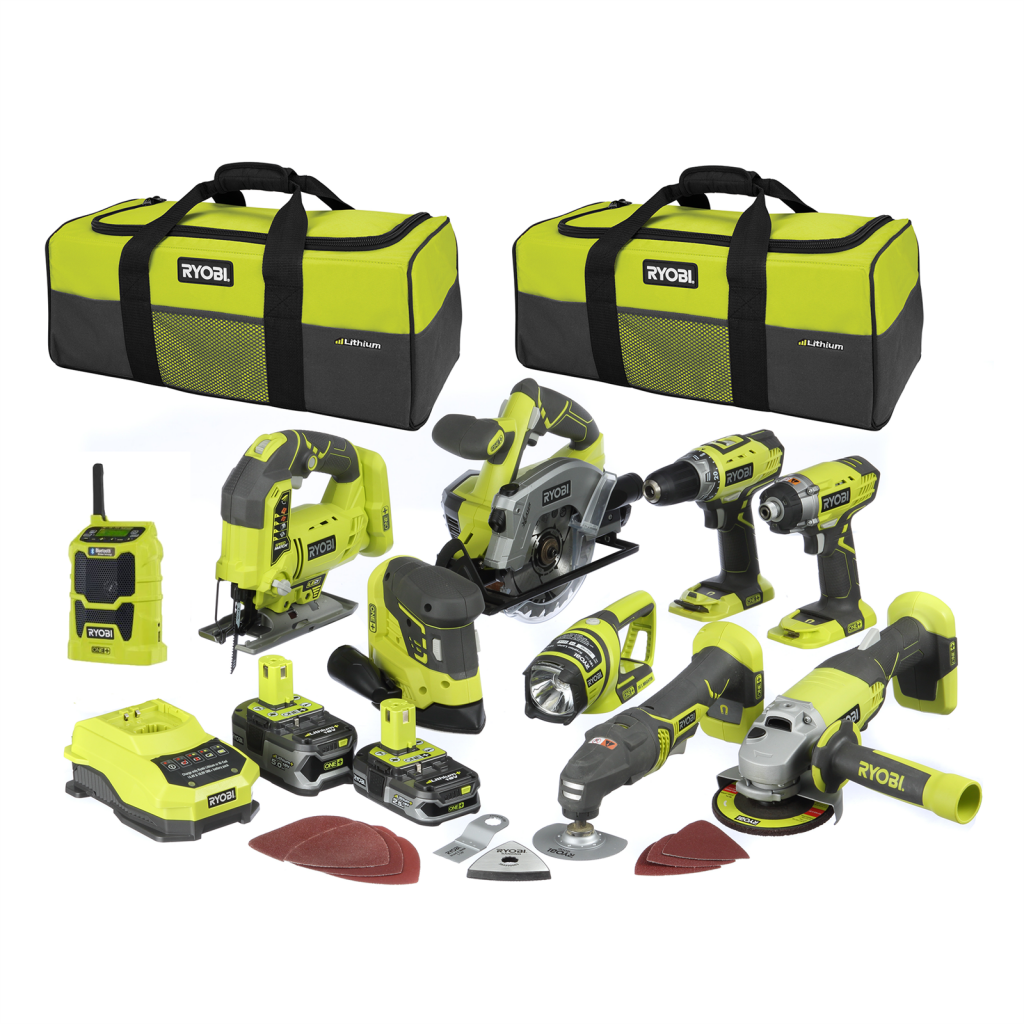
 Kelly R. Smith is an Air Force veteran and was a commercial carpenter for 20 years before returning to night school at the University of Houston where he earned a Bachelor’s Degree in Computer Science. After working at NASA for a few years, he went on to develop software for the transportation, financial, and energy-trading industries. He has been writing, in one capacity or another, since he could hold a pencil. As a freelance writer now, he specializes in producing articles and blog content for a variety of clients. His personal blog is at
Kelly R. Smith is an Air Force veteran and was a commercial carpenter for 20 years before returning to night school at the University of Houston where he earned a Bachelor’s Degree in Computer Science. After working at NASA for a few years, he went on to develop software for the transportation, financial, and energy-trading industries. He has been writing, in one capacity or another, since he could hold a pencil. As a freelance writer now, he specializes in producing articles and blog content for a variety of clients. His personal blog is at 